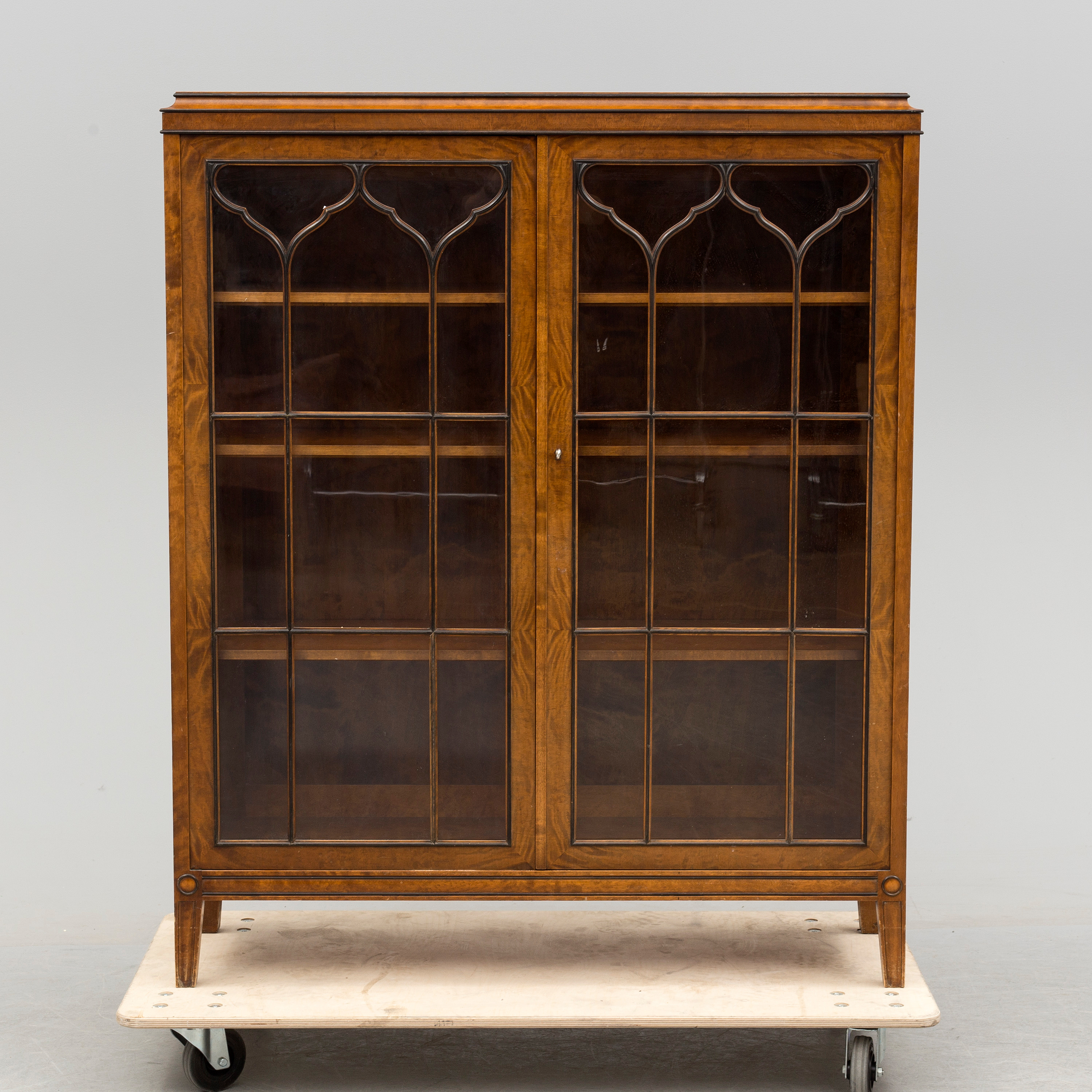History and Design of 1930s Glass Display Cabinets: 1930 Glass Display Cabinet

The 1930s was a time of great change and innovation in design, with the Art Deco and Modernist movements profoundly influencing furniture design. This era saw the emergence of sleek, geometric shapes, luxurious materials, and a focus on functionality, all of which are reflected in the design of glass display cabinets.
Materials and Techniques, 1930 glass display cabinet
The materials and techniques used in constructing 1930s glass display cabinets were a testament to the era’s aesthetic and technological advancements. Glass, wood, and metal were the primary materials, each contributing to the cabinet’s unique style and functionality.
- Glass: Glass played a central role in the design of 1930s display cabinets, allowing for a clear and unobstructed view of the contents. The use of clear glass, often with beveled edges, enhanced the sense of elegance and sophistication.
- Wood: Wood provided the structural foundation and decorative elements of the cabinets. Popular choices included walnut, mahogany, and oak, which were often stained or lacquered to create a rich and luxurious finish.
- Metal: Metal accents were frequently used to add a touch of glamour and modernity. Chrome, nickel, and brass were common choices for handles, hinges, and decorative trim.
Design Features
1930s glass display cabinets were characterized by their distinctive design features, reflecting the stylistic trends of the era.
- Geometric Shapes: The Art Deco movement’s influence is evident in the use of geometric shapes, such as rectangles, squares, and triangles, in the design of the cabinets.
- Stylized Motifs: Geometric patterns, stylized floral designs, and abstract motifs were often incorporated into the cabinets’ decorative elements.
- Decorative Elements: Glass display cabinets from the 1930s often featured decorative elements such as etched glass panels, mirrored backs, and intricate metalwork.
Uses and Significance of 1930s Glass Display Cabinets

The 1930s glass display cabinets, often referred to as curio cabinets, were more than just pieces of furniture; they were a reflection of the evolving lifestyles, design trends, and cultural values of the era. These cabinets served various purposes, contributing to the aesthetic and functional aspects of homes and businesses.
The Many Uses of 1930s Glass Display Cabinets
These cabinets provided a practical and stylish solution for showcasing cherished possessions, organizing household items, and displaying artwork. Their glass panels allowed for a clear view of the contents, adding a touch of elegance and sophistication to any space.
- Showcasing Collectibles: 1930s glass display cabinets were ideal for showcasing prized collections, such as antique china, vintage glassware, and family heirlooms. The glass panels protected these delicate items from dust and damage while allowing them to be admired from all angles.
- Storing Household Items: Beyond showcasing collectibles, these cabinets also served a practical purpose by providing organized storage for household items. They were used to store linens, silverware, and other items that needed to be kept clean and protected.
- Displaying Artwork: Glass display cabinets were also used to display artwork, particularly smaller pieces such as framed photographs, paintings, and sculptures. The glass panels enhanced the artwork’s visibility and prevented dust and damage.
The Cultural and Social Significance of 1930s Glass Display Cabinets
The popularity of 1930s glass display cabinets was not merely a matter of practicality; it reflected a shift in cultural and social values. The era witnessed a growing appreciation for interior design and a desire to create stylish and functional homes.
- Home Design: Glass display cabinets were a key element in the evolving concept of home design during the 1930s. They added a touch of sophistication and elegance to living rooms, dining rooms, and even bedrooms. Their sleek lines and polished surfaces complemented the Art Deco and Modernist styles that were gaining popularity at the time.
- Evolving Concept of Interior Spaces: The use of glass display cabinets reflected a changing concept of interior spaces. Homes were no longer simply functional spaces but were increasingly seen as extensions of personal style and taste. The cabinets provided a platform for showcasing cherished possessions and creating a sense of individuality and personality within the home.
Factors Contributing to the Popularity of 1930s Glass Display Cabinets
The popularity of these cabinets was influenced by a combination of factors, including changing lifestyles, technological advancements, and evolving aesthetic preferences.
- Changing Lifestyles: The 1930s saw a shift in lifestyles, with more people living in urban areas and smaller homes. Glass display cabinets provided a solution for creating a sense of spaciousness and organization in these smaller living spaces.
- Technological Advancements: The development of new glass-making techniques, such as tempered glass, made it possible to create more durable and affordable glass display cabinets. This increased accessibility contributed to their widespread popularity.
- Evolving Aesthetic Preferences: The Art Deco and Modernist movements of the 1930s influenced the aesthetic preferences of the time. The sleek lines, geometric shapes, and use of glass in these movements were reflected in the design of 1930s glass display cabinets.
